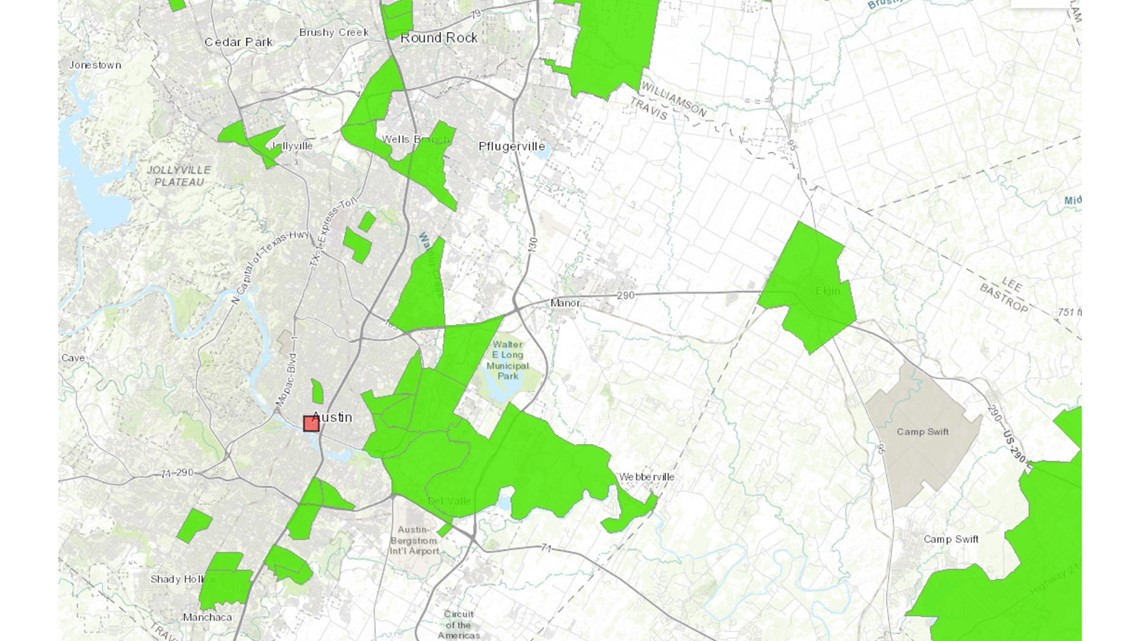AUSTIN, Texas — Food insecurity has long been a serious issue in Austin. On Wednesday, local leaders announced two new City initiatives to address food access barriers.
The two initiatives are results of research and work by The Civics Lab, a St. Edward's University student-led advocacy group.
One of the initiatives is to name April 21 as Austin Food Insecurity Awareness Day. The second is a resolution, introduced by City Councilmember Vanessa Fuentes (District 2), announcing a partnership between Austin public transit and the City to develop maps, public announcements on public transit lines for healthy food location stops and adding bus routes to connect residents to healthy food locations.
"We are a city of tremendous wealth and opportunity, but we are also a city with residents facing poverty and inequality. Families struggling to find affordable housing, access to quality healthcare and food are challenges that require all of us to solve together," Austin Mayor Steve Adler said at an event on Wednesday to announce the initiatives. "These two initiatives can help us unite as a community, recognize the challenges we must solve, and put our resources towards solving them."
"The fact that nearly all the U.S. census tracts classified as food deserts are located east of I-35 demonstrates how this issue disproportionately impacts low-income and minority neighborhoods," said Councilmember Sabino “Pio” Renteria (District 3), who introduced the proclamation in council.
The Civics Lab reports that Austin has 33 different low-income areas, classified as food deserts by the U.S. Department of Agriculture (USDA), where at least 500 people or 33% of its population live at least a half mile from a grocery store. The group also found that approximately 14.7% of Austin residents were considered food insecure in 2021, compared to the national average of 10.9%.


In addition, The Civics Lab reports that communities that lack access to healthy food suffer from higher rates of health conditions like heart disease, cancer and diabetes. Communities that are disproportionately affected by food insecurity are low-income and communities of color, according to the group's research.
The Civics Lab said that, according to the American Heart Association Community Assessment, the Central Texas region has higher rates than state and national averages – across all ethnicities – for a lack of healthy food access.
Last September, the USDA reported that Texas was one of the most food-insecure states in the nation. Last June, the Austin City Council approved a resolution aimed at rectifying disparities in the area's food system and improving the system's infrastructure.
The USDA has a Food Access Research Atlas where you can see which areas suffer from food insecurity. Take a look.
Britny Eubank on social media: Twitter
PEOPLE ARE ALSO READING:

